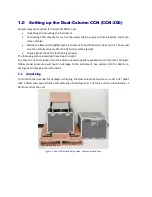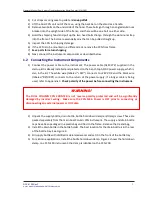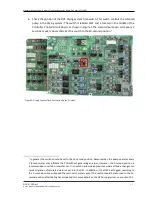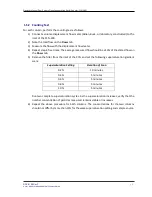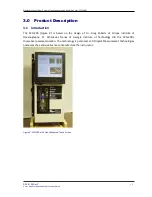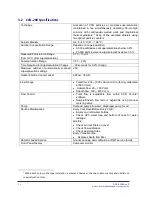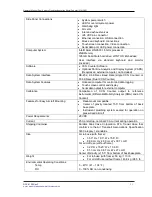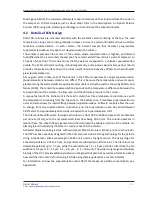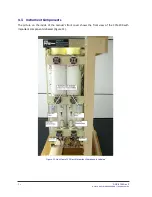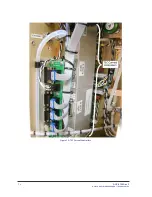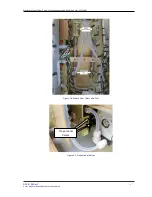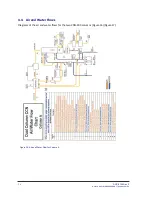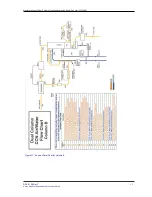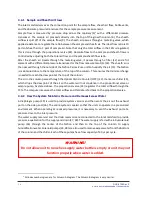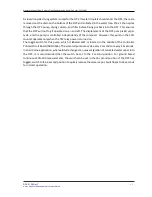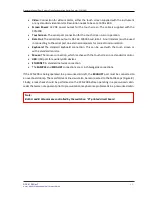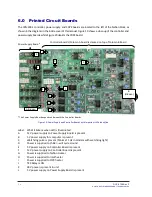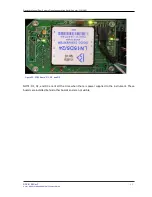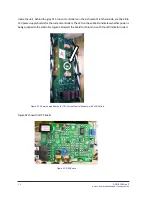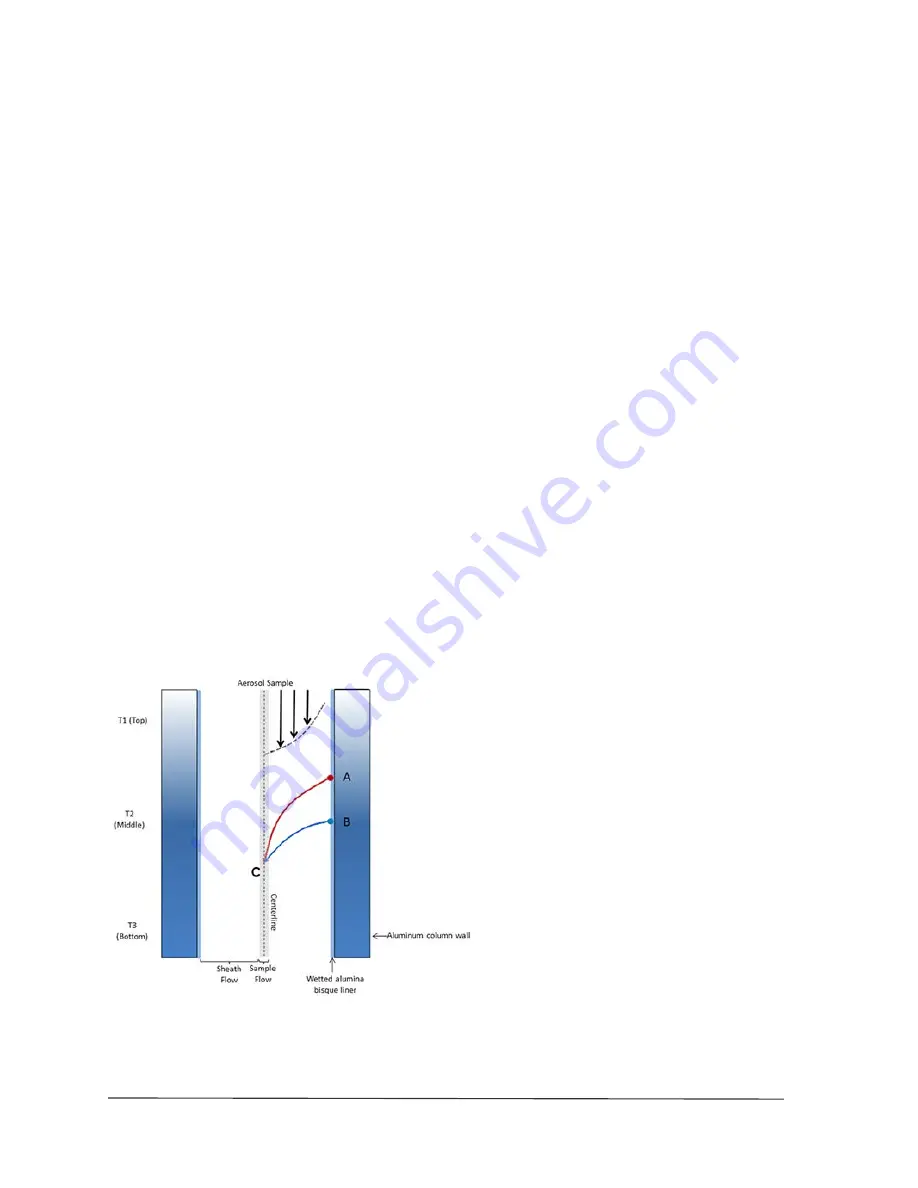
DOC-0128 Rev F
© 2017 DROPLET MEASUREMENT TECHNOLOGIES
2 2
3.3
Operating Limits
The CCN-200 operates by maintaining a positive temperature differential between the top of the
column and the bottom. The top of the column always starts at ambient temperature or slightly
above. For high supersaturations, temperature differentials of 20º C or more are required.
It is not recommended, however, that the CCN-200 be subjected to freezing temperatures. The
Nafion humidifier needs to be kept wet, and even if the rest of the instrument is drained, there is the
potential of damage to the Nafion. If the CCN-200 is at temperatures below 0 ºC, the instrument
should be drained and dried as detailed in section 10.1, and the Nafion humidifier removed from the
instrument.
4.0
Theory of Operation
4.1
How the CCN Generates Supersaturation
The CCN counter operates on the principle that diffusion of heat in air is slower than diffusion of
water vapor (Roberts and Nenes, 2005). Inside the columns, a thermodynamically unstable,
supersaturated water vapor condition is created as follows. Water vapor diffuses from the warm,
wet column walls toward the centerline at a faster rate than the heat. (Figure 10) shows point C along
the centerline where the diffusing heat originated higher on the column (red-line, point A) than the
diffusing mass (blue line, point B). Assuming the water vapor is saturated at the column wall at all
points and the temperature is greater at point B than at point A, the water vapor partial pressure is
also greater at point B than at point A. The actual partial pressure of water vapor at point C is equal
to the partial pressure of water vapor at point B. The temperature at point C is lower than at point B,
however, which means that there is more water vapor (corresponding to the saturation vapor
pressure at point B) than thermodynamically allowed.
Figure 10:Supersaturation Being Generated in the CCN Column

